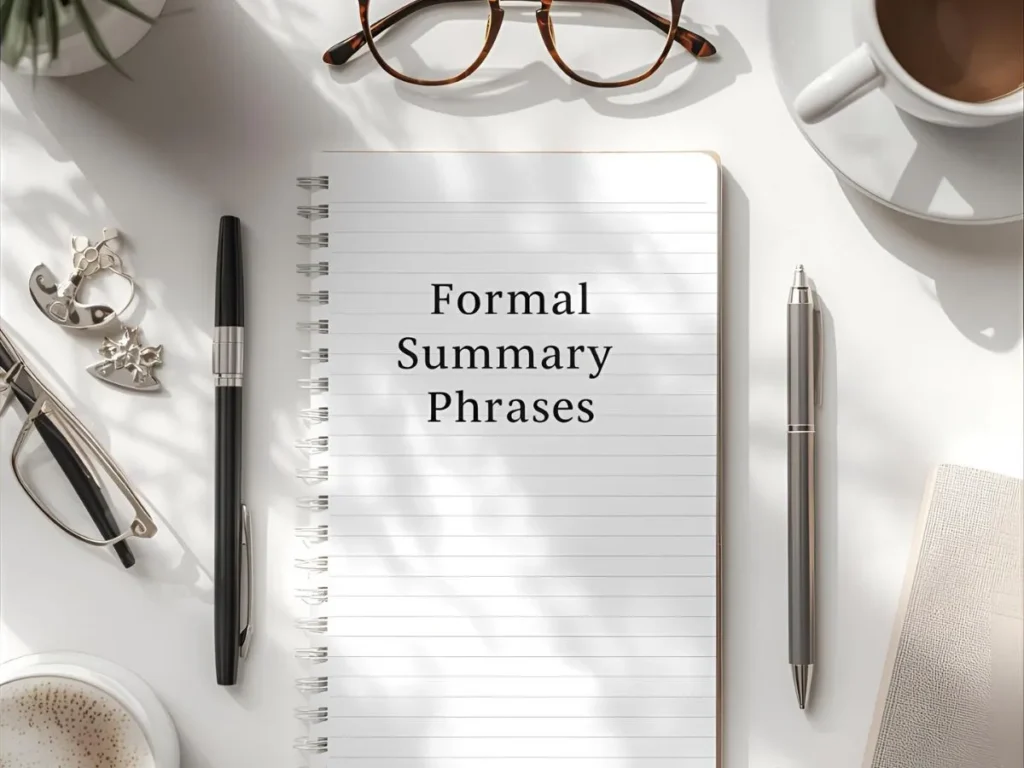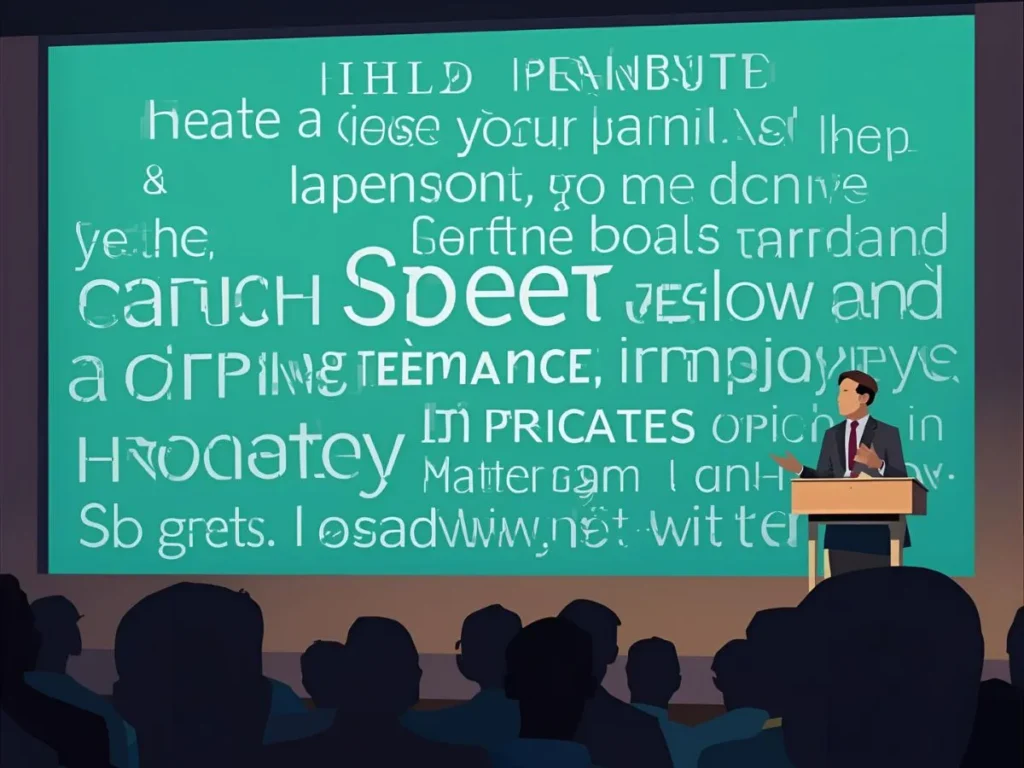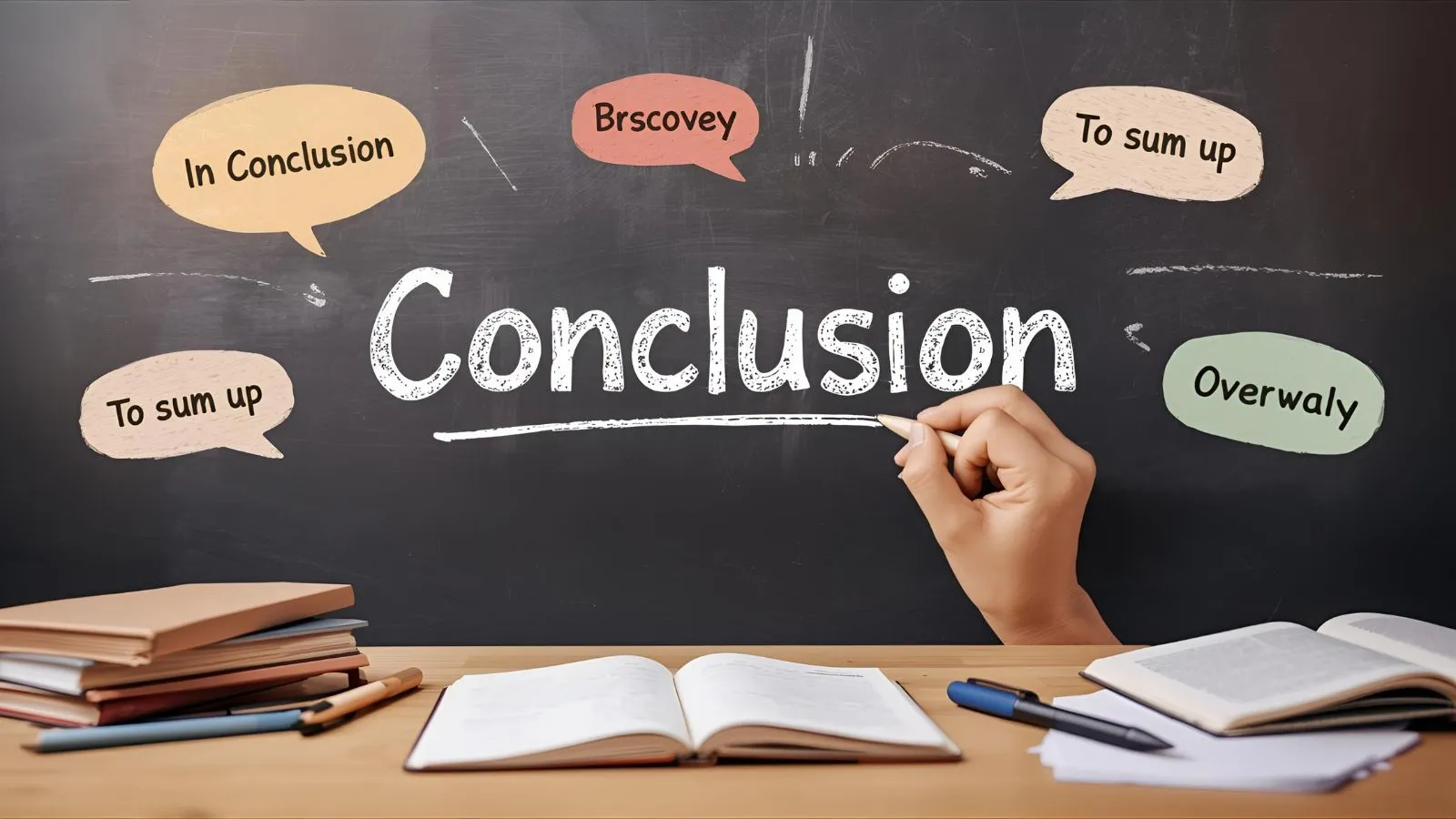You know what usually happens? We write an essay, article, or even a presentation, and when we finally reach the end — we pause, wondering, “How do I wrap this up?” Sounds familiar, right? That’s exactly where transition phrases for conclusion come to the rescue. These little phrases act like bridges that help you move smoothly from your main points to a clear and confident ending.
If you’re a student trying to finish an essay, a teacher helping students improve their writing, or a blogger polishing up that final paragraph — using the right transition phrases makes your conclusion feel complete and professional. It tells your reader, “Hey, the discussion’s ending — and it all makes sense.”
So, let’s sit down together and explore what these transition phrases for conclusion really are, and how you can use them to make your writing flow naturally and leave a lasting impression.
💡 Why It Matters
Transition phrases for conclusion are the glue that holds your final thoughts together. They signal that the discussion is ending and help readers or listeners know exactly where they stand.
Without a clear closing cue, your content can feel abrupt or confusing. But with the right phrase, your message flows naturally to its final point.
Here’s why they matter so much:
- 🧭 Clarity: They guide your reader through your thought process.
- 📘 Structure: They mark the shift from body to ending.
- 🎯 Impact: They leave a memorable final impression.
- 💬 Professionalism: They make your writing sound intentional and complete.
Example:
- Without transition: We discussed benefits of teamwork. It helps productivity.
- With transition: In conclusion, teamwork greatly improves productivity by blending strengths and ideas.
That’s the difference one small phrase can make!
✅ Formal Summary Phrases

When you’re writing reports, essays, or formal pieces, these transition phrases for conclusion sound professional and clear.
In conclusion
Explanation: The most classic phrase—it tells your audience you’re summarizing everything.
Use When: Ending academic papers or formal reports.
Example: In conclusion, renewable energy investments promise both economic and environmental benefits.
To sum up
Explanation: Simple and clear—great for reports or lists.
Use When: You want to restate key points briefly.
Example: To sum up, effective communication leads to teamwork, innovation, and success.
In summary
Explanation: Professional and neat.
Use When: Writing executive summaries or project overviews.
Example: In summary, our findings show customer satisfaction rose by 15% this quarter.
Finally
Explanation: Marks the last part of a sequence.
Use When: You’re giving your final thought.
Example: Finally, let’s keep our focus on quality to ensure future growth.
To conclude
Explanation: Firm and formal.
Use When: Wrapping up arguments or long essays.
Example: To conclude, education remains the strongest tool for empowerment.
💬 Conversational Wrap-Up Phrases

These are perfect for friendly blogs, newsletters, or personal essays.
And that’s a wrap
Explanation: Playful and casual.
Use When: Closing informal content.
Example: And that’s a wrap—thanks for sticking around till the end!
So there you have it
Explanation: Engaging and reader-friendly.
Use When: Summarizing practical tips.
Example: So there you have it—five easy ways to stay productive every morning.
At the end of the day
Explanation: Reflective yet casual.
Use When: Wrapping up discussions or life lessons.
Example: At the end of the day, kindness always wins.
And finally
Explanation: Soft and conversational.
Use When: Making your last point.
Example: And finally, don’t forget to take a break—you deserve it!
To wrap things up
Explanation: Light and clear.
Use When: Closing blogs or tutorials.
Example: To wrap things up, start small, stay consistent, and keep learning.
🚀 Action-Oriented Conclusion Phrases
Sometimes you want your readers to do something next. These transition phrases for conclusion lead to action.
Moving forward
Explanation: Suggests future steps or goals.
Use When: You’re outlining what comes next.
Example: Moving forward, we’ll implement new training sessions for all team members.
As a next step
Explanation: Perfect for reports and plans.
Use When: Converting conclusions into actions.
Example: As a next step, start by setting weekly goals and tracking progress.
With this in mind
Explanation: Connects summary to actionable advice.
Use When: You’re linking ideas to future improvement.
Example: With this in mind, practice gratitude daily to build positivity.
Here’s what to do
Explanation: Direct and instructional.
Use When: Ending a how-to guide.
Example: Here’s what to do: pick one habit, focus on it, and repeat it daily.
In closing and moving ahead
Explanation: Wraps up while hinting at ongoing work.
Use When: Ending business updates or strategy pieces.
Example: In closing and moving ahead, our focus remains on sustainable innovation.
🪞 Reflective Conclusion Phrases
Use these when writing essays, reflections, or opinion pieces.
All things considered
Explanation: Thoughtful and balanced.
Use When: Wrapping up analysis or debate.
Example: All things considered, remote work improves productivity for flexible teams.
Taking everything into account
Explanation: Comprehensive and reasoned.
Use When: Concluding analytical reports.
Example: Taking everything into account, solar energy offers the best long-term return.
Looking back
Explanation: Great for storytelling.
Use When: Summing up personal experiences.
Example: Looking back, every setback taught me resilience.
In retrospect
Explanation: Reflective and mature.
Use When: Writing memoirs or learning reflections.
Example: In retrospect, failure was the best teacher I ever had.
When all is said and done
Explanation: Warm and conclusive.
Use When: Summarizing heartfelt or emotional content.
Example: When all is said and done, love always wins.
🎤 Presentation & Speech Phrases

When speaking live, your transition phrases for conclusion should sound natural and direct.
To conclude today’s talk
Explanation: Audience-friendly.
Use When: Giving presentations.
Example: To conclude today’s talk, let’s remember that teamwork drives innovation.
In closing, I’d like to say
Explanation: Polished and polite.
Use When: Ending speeches with gratitude.
Example: In closing, I’d like to say thank you for your attention and support.
Let me leave you with this
Explanation: Memorable and powerful.
Use When: Giving a motivational or inspiring final thought.
Example: Let me leave you with this: every small step creates big change.
As we wrap up
Explanation: Simple and conversational.
Use When: Ending a talk before Q&A.
Example: As we wrap up, think about one action you can take today.
Finally, thank you for joining
Explanation: Appreciative tone.
Use When: Ending a live webinar or meeting.
Example: Finally, thank you for joining, and I hope to see you next week!
✍️ Storytelling & Blog-Style Closings
Perfect for narrative writing, personal blogs, and storytelling posts.
And that’s how it all comes together
Explanation: Storylike and satisfying.
Use When: Ending journeys or processes.
Example: And that’s how it all comes together—small habits, big results.
So here we are
Explanation: Conversational and inclusive.
Use When: Wrapping up experiences.
Example: So here we are—ready for what’s next.
It’s been quite a journey
Explanation: Emotionally engaging.
Use When: Summarizing personal growth.
Example: It’s been quite a journey, and I’m thankful for every lesson learned.
My takeaway for you
Explanation: Audience-centered.
Use When: Sharing personal advice.
Example: My takeaway for you: never underestimate the power of persistence.
Thanks for staying with me until the end
Explanation: Grateful and personal.
Use When: Ending blogs or newsletters.
Example: Thanks for staying with me until the end—now go write your own story!
🧭 Final Thoughts
No matter what you’re writing or presenting, choosing the right transition phrase for conclusion makes your ending shine. It helps the reader feel guided, informed, and satisfied.
Whether you want to sound formal (“To conclude”), casual (“And that’s a wrap”), reflective (“All things considered”), or motivating (“Moving forward”), there’s a perfect phrase for every tone.
So next time you reach your ending, don’t just stop—lead your readers gracefully to your final message. It’s the difference between a forgettable ending and one that sticks.
📊 Bonus Recap Table
| Category | Example Phrase | When to Use | Example Sentence |
|---|---|---|---|
| Formal Summary Phrases | In conclusion | Reports, essays | In conclusion, teamwork fuels success. |
| Conversational Phrases | So there you have it | Blogs, lists | So there you have it—simple tips for a happier day. |
| Action-Oriented Phrases | Moving forward | Plans, strategies | Moving forward, let’s focus on growth. |
| Reflective Phrases | All things considered | Opinion pieces | All things considered, honesty builds trust. |
| Speech Phrases | Let me leave you with this | Presentations | Let me leave you with this: stay curious. |
| Storytelling Closings | It’s been quite a journey | Blogs, stories | It’s been quite a journey, and I’m grateful. |
✨ In conclusion
The phrase “in conclusion” might seem simple—but mastering transition phrases for conclusion turns good writing into great writing.
Use them to tie up your ideas, add clarity, and leave your reader with a strong final impression.
If you’re closing a story, delivering a speech, or writing a report, the right words make all the difference.


Leave a Reply